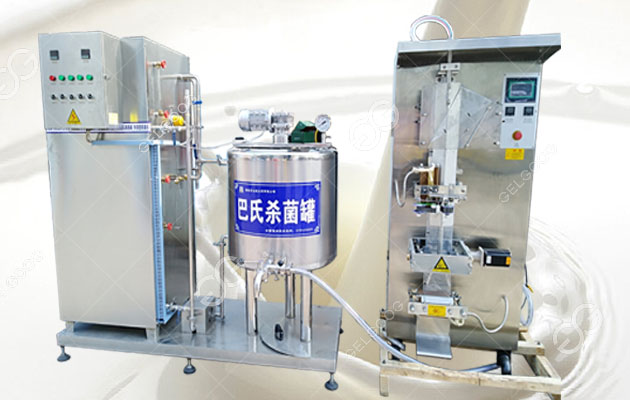We all know that within a certain temperature range, the lower the temperature, the slower the bacteria multiply; the higher the temperature, the faster the multiplication. Generally, the suitable temperature for microbial growth is 28°C-37°C. If the temperature is too high, the bacteria will die. Different bacteria have different optimum growth temperature and heat and cold tolerance. So how how a milk pasteurizer machine works?

The principle of the milk pasteurizer machine is the pasteurization method, which is a cold sterilization method invented by the French microbiologist Pasteur. It is an internal species that uses a relatively low temperature to kill germs and maintain nutrients in items Sterilization with the same flavor.
Pasteurizer is a kind of food that heats milk and other food to 60~65℃, keeps it for 30 minutes to sterilize, and then rapidly cools the temperature to 4-5℃ for storage. This kind of sterilization is mostly used in milk, etc., which can kill pathogenic bacteria and reduce nutrient loss. However, this disinfection method cannot kill all bacteria and microorganisms, so the shelf life is very short.